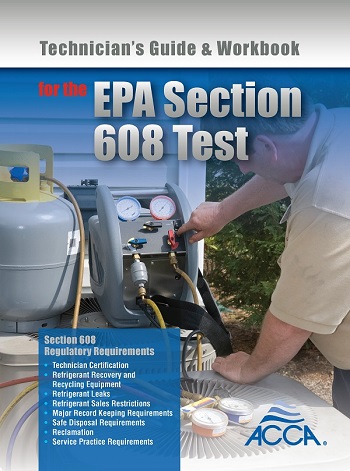-fig-1.jpg)
Figure 1
Last month we looked at the basic piping and controls needed to connect a wood gasification boiler to a low-temperature hydronic distribution system. The piping layout we discussed is shown in Figure 1.
The wood gasification boiler is fired at a high rate of combustion and transfers its heat to a large, well-insulated storage tank.
Upon a demand for space heating from any heating zone, an outdoor reset controller is powered on to measure the temperature at the top of the storage tank and compare it to its “target” supply water temperature. If the tank is deemed sufficiently warm to supply the zones, circulator (P2) is turned on to deliver heated water to the closely spaced tees that hydraulically separate the distribution system from the heat sources.
If the storage temperature is too low to supply the load, the auxiliary boiler is turned on along with circulator (P1). Again, heated water is delivered to the closely spaced tees.
-fig-2.jpg)
Figure 2
Milk It For More
One limitation of this basic control scheme is that there is no operating mode where both the storage tank and auxiliary boiler can supply heat to the load. Consider the situation where the temperature at the top of the storage tank is slightly lower than the lower limit established by the outdoor reset controller,but still warmer than the return temperature of the distribution system. Under these conditions, the tank can still contribute some heat to the space-heating load. The remaining heat would be supplied by the auxiliary boiler.The addition of a differential temperature controller (∆T controller), such as those used to control solar thermal systems, allows the storage tank to be utilized at a lower temperature. Figure 2 shows where the sensors for the ∆T controller would be located. Figure 3 shows a ladder diagram containing the hard-wired logic for the overall system.
If the outdoor reset controller determines the tank is too cool to supply the load, its normally open contact closes to power up the ∆T controller as well as a relay that enables the boiler to operate. The control of circulator (P2) is solely at the discretion of the ∆T controller.
The ∆T controller measures the temperature difference between water at the top of the buffer tank and that returning from the distribution system. If the top of the tank is at least 2 degrees F above the return temperature, the normally open contact in the ∆T controller closes to keep circulator (P2) operating.
The boiler and circulator (P1) also are operating at this time. The boiler is monitoring the temperature downstream of the closely spaced tees. Ideally it modulates to add just enough heat to maintain this temperature close to the target temperature required by the distribution system, based on the settings of its internal reset controller.
The mixing valve, operating under its own outdoor reset controller and with the same settings as the boiler reset controller, should be at or very close to its fully open position.
-fig-3.jpg)
Figure 3
When the buffer tank temperature again rises to where the temperature differential between the top of the tank and the return side of the distribution system reaches 2 degrees F or more, circulator (P2) is turned back on to again extract available heat from the tank.
This strategy makes sense when a large storage tank is used in the system. I suggest it only be used when the storage tank contains at least 500 gallons. The ability to lower 500 gallons of water by an additional 10 degrees F implies a release of almost 42,000 additional Btus from the tank. Smaller tanks would contribute proportionally smaller amounts of heat and provide less justification for the additional controls.
If you implement this strategy, be sure the temperature sensors for the ∆T controller are mounted in identical, or nearly identical, manners. Ideally, both sensors would be mounted in identical sensor wells, immersed in the system water and with ample coatings of thermal grease. If mounted to the surface of copper tubing, be sure the sensor surface makes good contact, is well secured and is fully wrapped with insulation.
Remember, you’re asking the ∆T controller to detect differences in temperature as low as 1 degree F. That’s about one-third the temperature difference you can detect with you own fingers.
This approach to extracting more heat from storage also is applicable to large storage tanks charged by other heat sources such as solar collectors, heat pumps and electric heating elements running on off-peak electrical power. It’s another example of how to “tweak” some standard control technology to amplify the benefits of hydronic heating.






